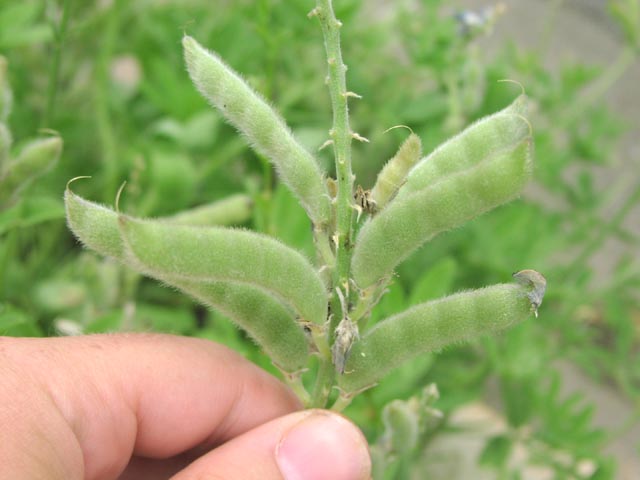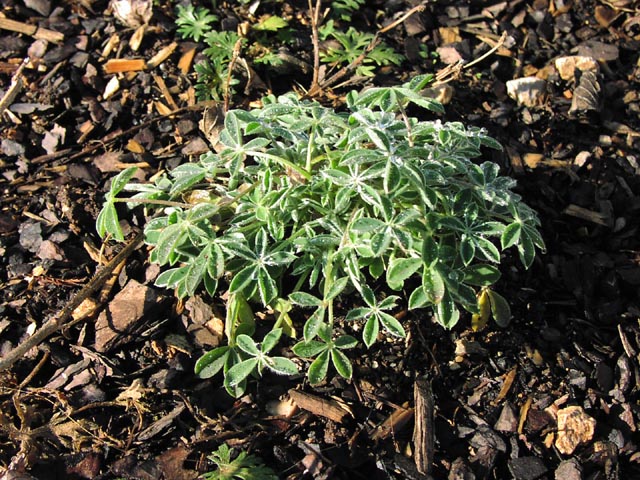State flower of Texas, blooming now. How did it become the state flower of Texas? Read below to find out.
.jpg) |
| Lupinus texensis |
How does a state flower become a state flower anyway? In Texas, the battle to name the state flower started more than 100 years ago.
The story goes that male lawmakers wanted cactus or cotton boll to be the state flower. Women however wanted Lupinus subcarnosus, buffalo clover or bluebonnet. In 1901, Lupinus subcarnosus became one of the first official state symbols. Southern Texas gentlemen legislators voted the way the ladies wanted.
But the story continues into the 1970s. It seems there are different types of lupine. Lupinus subcarnosus had a very dainty flower and apparently that was not good enough for some Texans. They preferred Lupinus texensis, which had a bigger and more hardy flower believed to better represent the Texas spirit and its people.
After 70 years of "discussion" and special interest groups, in 1971 politicians solved the problem by writing legislation that those two species of Lupinus plus any others that might show up in the future would come under the umbrella of the state flower. Currently Texas has five official state Lupinus flowers, but they all fall under the name bluebonnet.
Historian Jack Maguire wrote, "It's not only a state flower but also a kind of floral trademark almost as well known to outsiders as cowboy boots and the Stetson hat...The bluebonnet is to Texas what the shamrock is to Ireland, the cherry blossom to Japan, the lily to France, the rose to England and the tulip to Holland."
Bluebonnet facts:
- Bluebonnet seeds are the size small gravel with a hard seed coat.
- The hard seed must be penetrated by rain and wind over a period of months.
- Bluebonnets have natural color mutations of pink, white, and maroon. Those mutations have been selectively bred and can now be purchased commercially.
- New flowers have white centers and older flowers have purple centers. Why? Pollinators are attracted to white centers (they can't see purple well). The purple flowers have already been pollinated; the white ones have not. The bluebonnets guide pollinators to the unpollinated flowers.
- In the late spring the plant develops fruits (legumes). Once the fruits mature, the seeds will be released and the plant will die.
 |
| Fruit (photo from Image Archive of Central Texas Plants, University of Texas) |
- Plant bluebonnet seeds in August or September. In early fall the seeds germinate and the new plant produces a "rosette" of leaves.
 |
| Rosette of leaves (photo from Image Archive of Central Texas Plants, University of Texas) |
- The rosette grows through winter. Once it warms up, the plant grows quickly and soon produces flowers.
- Bluebonnets need full sun, at least 8-10 hours a day.
- Do not overwater bluebonnets. They like to be dry.
.jpg)